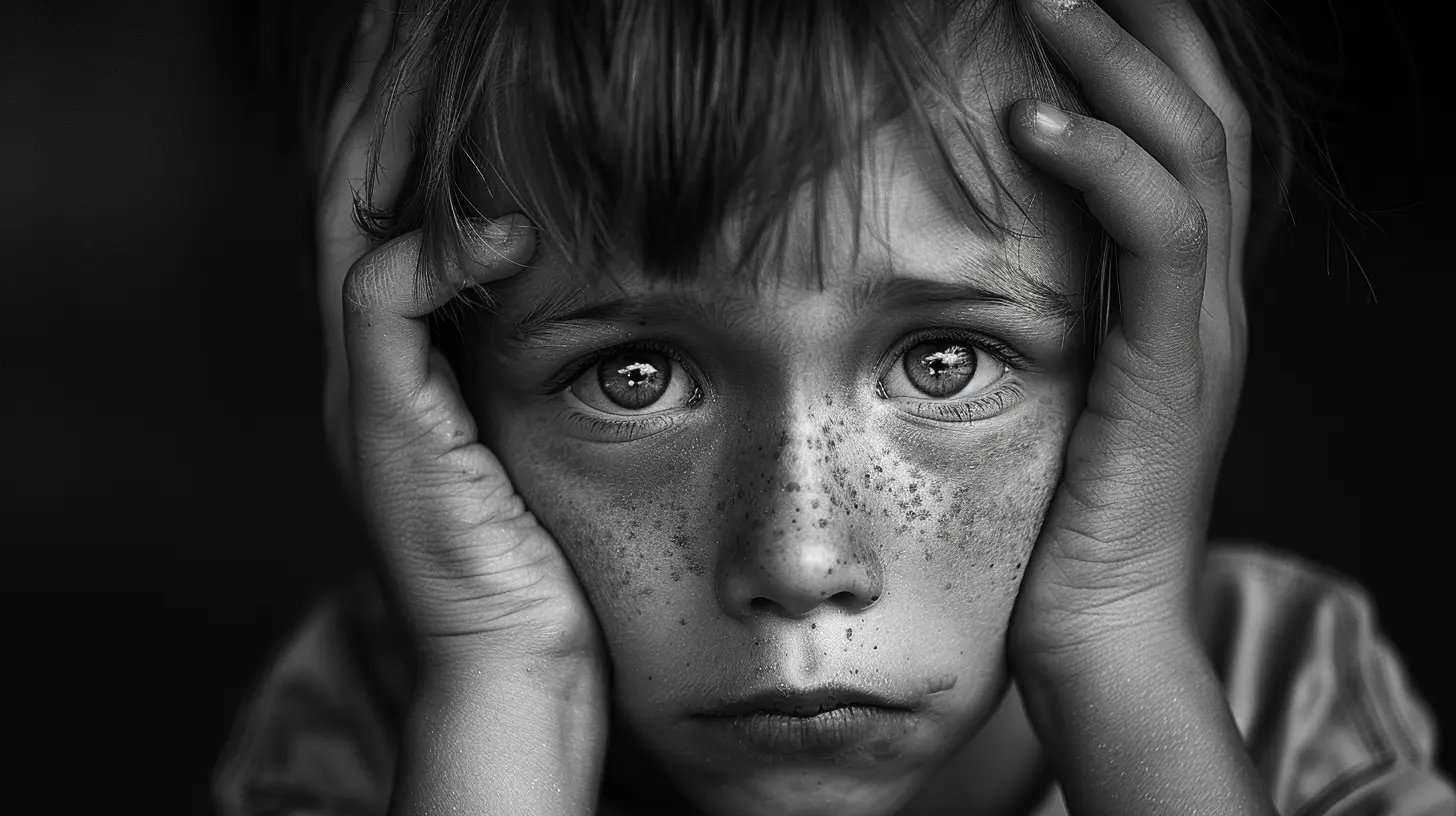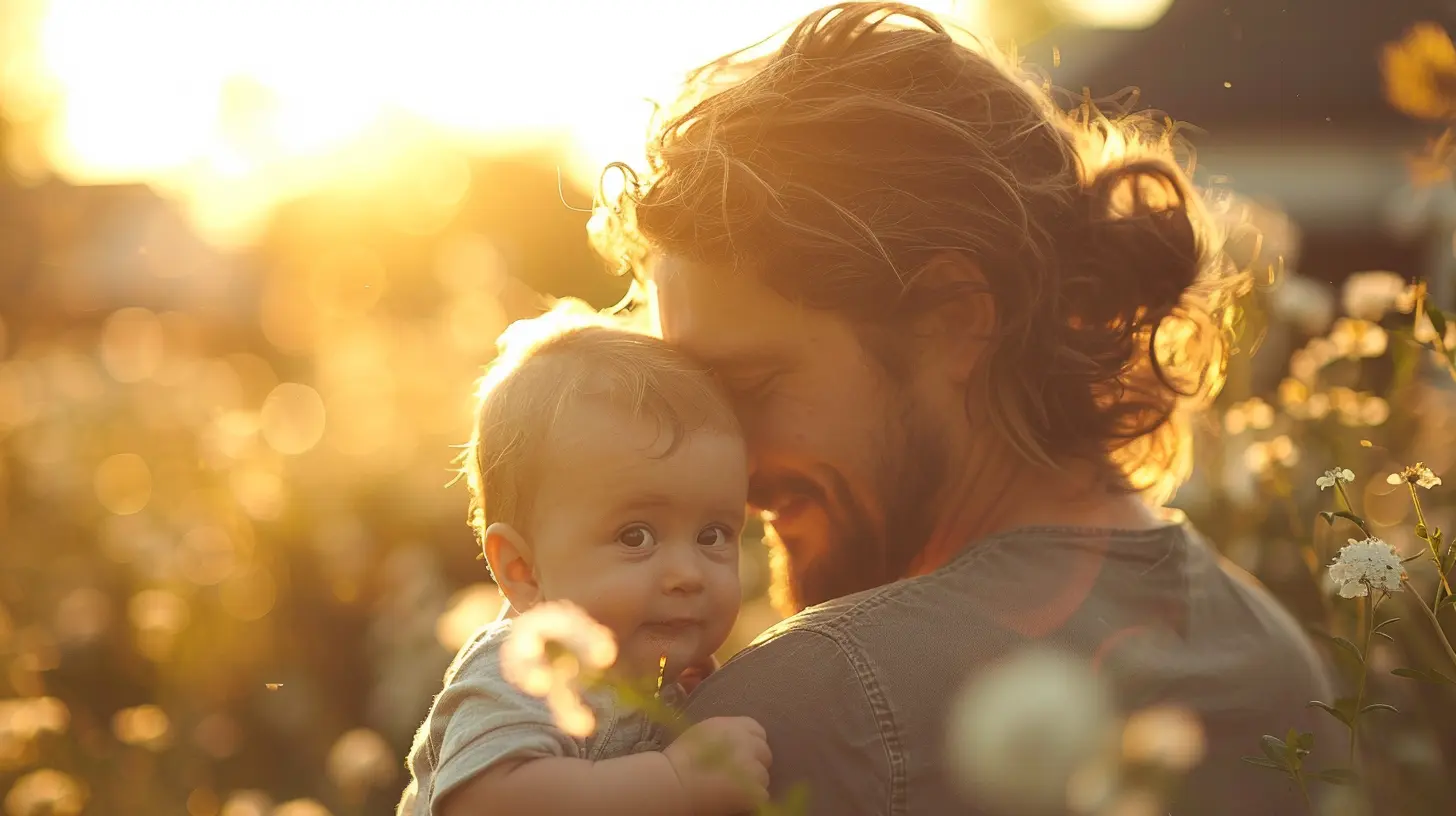How to Respond to Crying Without Compromising Attachment
27 October 2025
Crying is a natural part of parenting. Whether it’s a newborn wailing at 2 AM or a toddler throwing a tantrum in the grocery store, every parent faces moments where they wonder, Am I handling this the right way?
The fear of “spoiling” a child or reinforcing bad behavior often conflicts with the attachment-based need to nurture and comfort them. So, how can you respond to crying in a way that meets your child’s emotional needs without undermining their growing independence? Let’s break it down. 
Understanding Why Your Child Cries
Crying is the first language of childhood. From the moment a baby is born, crying is their way of communicating hunger, discomfort, fear, or even loneliness. As they grow older, crying evolves—it can signal frustration, exhaustion, or an attempt to express emotions they don’t fully understand yet.But here’s the kicker: Crying is not manipulation. Despite what outdated parenting advice might suggest, young children don’t cry to control you. They cry because they need you.
Emotional vs. Physical Needs
Before responding, take a moment to assess why your child is crying:- Physical Needs: Are they hungry? Tired? In pain? Checking off basic needs first can quickly solve many crying episodes.
- Emotional Needs: Are they overwhelmed? Frustrated? Seeking connection? Emotional distress can’t always be solved with a bottle or nap—it requires your presence and support.
Understanding the “why” behind the tears helps you respond appropriately without dismissing their emotions. 
The Attachment-Friendly Way to Respond
Attachment-based parenting emphasizes responding to your child’s cries with empathy and consistency. Here’s how you can comfort your child without fostering dependence or reinforcing negative behaviors.1. Stay Calm and Regulate Yourself
Before you even address your child’s tears, check in with yourself. If their crying makes your stress levels spike, take a deep breath. Children, especially babies and toddlers, pick up on your energy. If you’re frazzled, they’ll feel it, too.Think of it like an oxygen mask on an airplane—you have to regulate yourself before you can effectively soothe your child.
2. Validate Their Feelings
Imagine telling someone about a rough day, and they respond with, “You’re fine. Stop crying.” Not exactly comforting, right?Children need to feel heard, just like adults do. Instead of dismissing their emotions, acknowledge them:
- “I see that you’re really upset right now.”
- “That must have been really frustrating for you.”
- “It’s okay to feel sad. I’m here with you.”
This simple act reassures them that their emotions are valid and they’re not alone in dealing with them.
3. Offer Comfort, Not Just Solutions
Sometimes, crying isn’t about fixing something—it’s about feeling something. A scraped knee might need a bandage, but the emotional wound needs a hug.Instead of rushing to stop their tears, focus on offering comfort:
- Hold or cuddle them if they’re open to it.
- Speak in a calm, soothing voice.
- Let them cry it out with you, rather than alone.
This doesn’t mean indulging every tantrum or giving in to demands, but rather allowing space for their emotions without shutting them down.
4. Encourage Emotional Expression
Teaching kids healthy emotional expression starts early. Let them know it’s okay to cry—and that there are other ways to express big feelings, too.Try:
- Labeling emotions: “It looks like you’re really frustrated. Want to talk about it?”
- Providing alternatives: “Instead of yelling, can we take deep breaths together?”
- Using play: Sometimes, emotions come out through play better than words. Pretend play, drawing, or even a “mad dance” can be great outlets.
When they learn to express emotions in healthy ways, they’ll rely less on dramatic meltdowns in the future. 
Navigating Different Crying Scenarios
Not all cries are the same. How you respond may vary depending on the situation.1. The Overtired Cry
Ever noticed how a sleepy child can go from giggling to full meltdown mode in seconds? Overstimulation and exhaustion can lead to inconsolable crying.How to Respond:
- Dim the lights and speak softly.
- Sway or rock them gently.
- Avoid overwhelming them with too many words—just soothe.
2. The Frustration Cry
This type of crying happens when a toddler can’t fit a block into the right hole or when a preschooler struggles with putting on their shoes.How to Respond:
- Offer encouragement: “That looks tricky, but you’re working so hard!”
- Help just enough, but not too much—they need space to problem-solve.
- Model patience: If you stay calm, they’ll learn to manage frustration better, too.
3. The Tantrum Cry
Ah, the classic tantrum—meltdowns over mismatched socks, the wrong color cup, or random injustices only a toddler can perceive.How to Respond:
- Stay calm (yes, even when they’re flailing on the floor).
- Avoid giving in to unreasonable demands.
- Offer comfort once they calm down: “That was a big feeling. I’m here if you need a hug.”
4. The Fearful Cry
Scary dreams, loud noises, or separation anxiety can trigger fear-based tears.How to Respond:
- Offer immediate reassurance: “You’re safe. I’m here.”
- Create a sense of security (like a bedtime routine or comfort object).
- Avoid dismissing their fear with logic—show empathy first, solutions second. 
Balancing Comfort and Boundaries
Responding with empathy doesn’t mean abandoning limits. Kids need both emotional support and consistent boundaries to feel secure.Here’s how to balance both:
- Acknowledge emotions, but hold firm on limits. Example: “I know you’re upset that we have to leave the park, but we still have to go.”
- Don’t fear “spoiling” your child with comfort. Attachment isn’t the enemy—neglecting emotional needs is.
- Teach emotional regulation, not just obedience. Instead of using threats or punishments, guide them toward managing feelings in healthy ways.
Crying: A Bridge, Not a Barrier
Crying moments can feel overwhelming, but they’re also opportunities to strengthen your bond with your child. Every tear is a chance to teach them that emotions are natural, they are safe with you, and they don’t have to navigate big feelings alone.By responding with patience, empathy, and reassurance, you’re not just calming their cries—you’re building a foundation of trust that will last a lifetime.
So next time your little one breaks down in tears, take a deep breath and remind yourself: Your response today shapes their emotional resilience tomorrow.
all images in this post were generated using AI tools
Category:
Attachment ParentingAuthor:

Liam Huffman
Discussion
rate this article
1 comments
Maren Riggs
Thank you for this insightful article! It beautifully highlights the balance between addressing a child’s needs and fostering secure attachment. I appreciate the practical tips on responding compassionately to crying while maintaining emotional connection. It’s a valuable reminder of the importance of presence and understanding in our parenting journey.
November 14, 2025 at 3:49 AM

Liam Huffman
Thank you for your kind words! I'm glad you found the article helpful in navigating the balance of compassionate responses and attachment.


